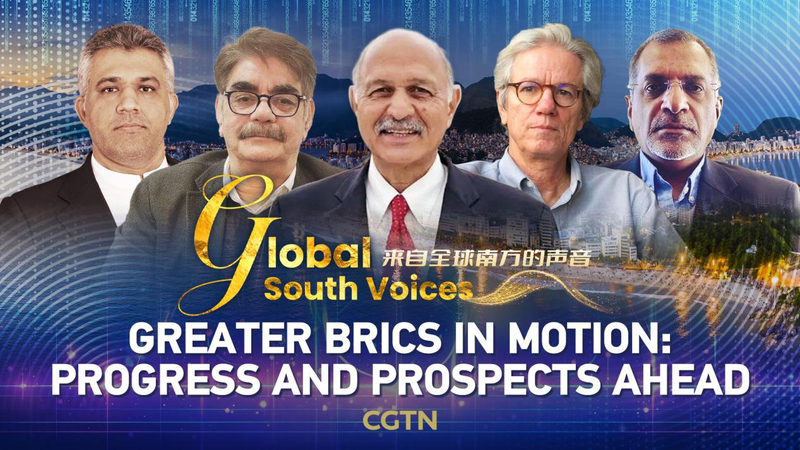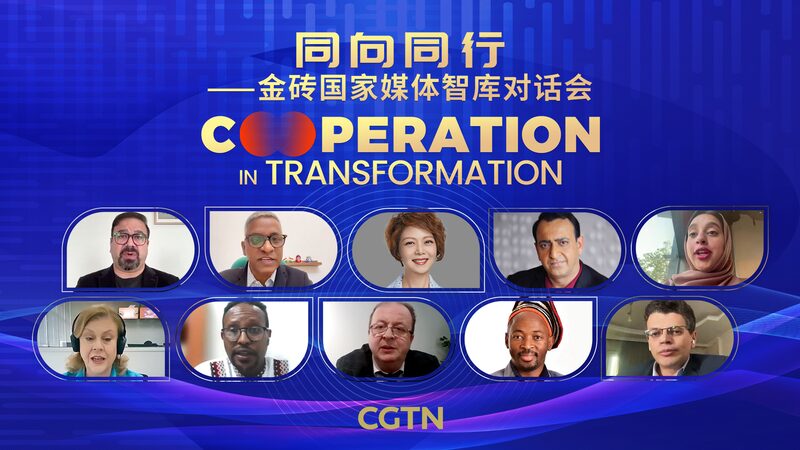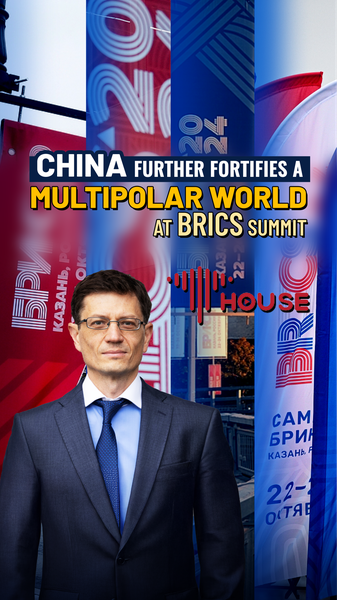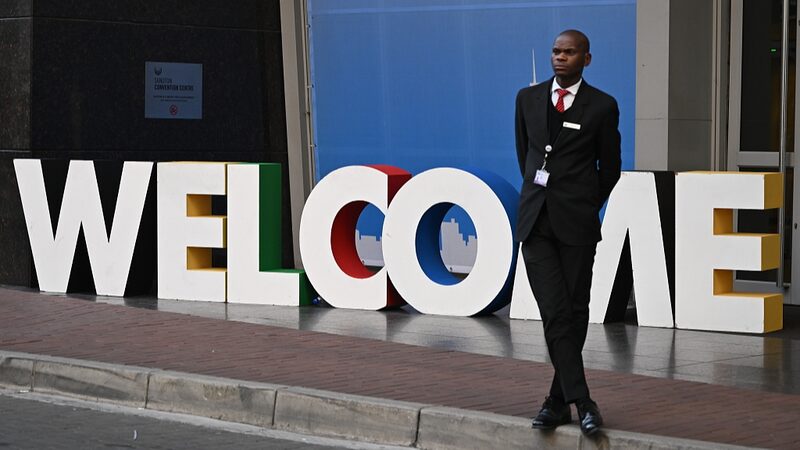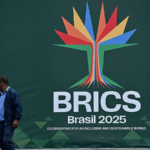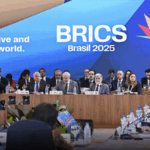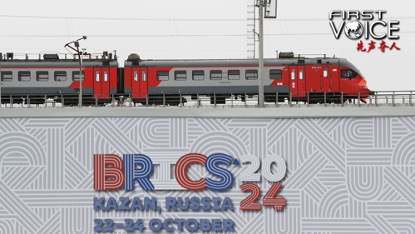The 17th BRICS Summit in Rio de Janeiro marks a pivotal moment for the bloc, now rebranded as "Greater BRICS," following its historic expansion. With broader participation and rising influence, the group is positioning itself as a counterweight to Western-dominated economic frameworks. Analysts highlight its potential to reshape global trade, investment flows, and development strategies amid escalating U.S. tariffs and geopolitical tensions.
A New Era of Collaboration
The inclusion of new member states amplifies BRICS' representation, covering over 40% of the global population and 30% of GDP. Paulo Nogueira Batista, former IMF executive director, notes: "This expansion reflects a collective desire for multipolarity, offering alternatives to institutions perceived as favoring advanced economies."
Economic Implications
As the U.S. intensifies trade restrictions, BRICS nations are advancing de-dollarization efforts and local currency settlements. Faizal Dawjee, a Global South commentator, emphasizes: "The bloc’s New Development Bank is critical for infrastructure financing in emerging markets, reducing dependency on Western-led financial systems."
Challenges and Opportunities
While BRICS’ growth signals unity, internal disparities persist. Mohammad Hussain Baqeri of Tehran’s Iqbal Forum cautions: "Balancing diverse political systems and economic priorities remains a test." However, Muhammed Saqib of the Center of Geoeconomics argues: "Shared goals like climate resilience and digital transformation could bridge gaps."
Looking Ahead
The summit will likely address expanding membership criteria and strengthening multilateral platforms. As host Brazil pushes for inclusive dialogue, the world watches whether BRICS can transition from a "dialogue forum" to a decisive geopolitical force.
Reference(s):
cgtn.com
